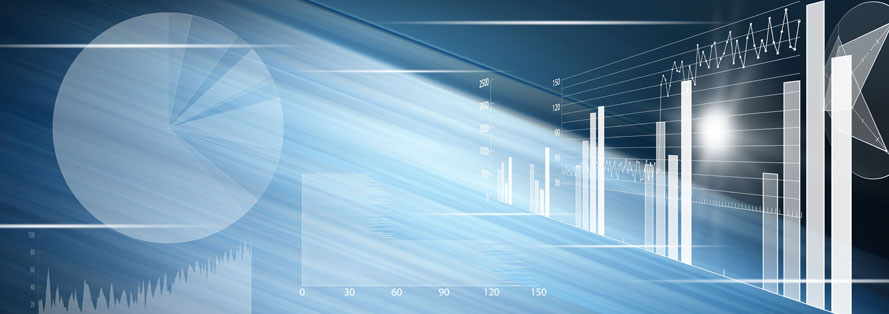Forecast of the Global Immunoglobulin (IgG) Market 2025

AN ANALYSIS OF THE 2017 U.S. INTRAVENOUS AND SUBCUTANEOUS IMMUNOGLOBULIN MARKET IgG AND FORECAST TO THE YEAR 2025
In recent years, the demand for IgG has grown at >8% annually in the U.S. due to the addition of new patients treated, new medical indications, higher dosage, longer life expectancy, weight gains and other factors while prices have only increased moderately. At the same time, the growing demand in emerging markets has also contributed to the market expansion, putting pressure on manufacturing and plasma collections. Today, IgG remains the undisputable driver of the global plasma proteins market.
Combining primary and secondary research, this study describe the U.S. 2017 IgG market and provide a yearly forecast of the demand to 2025 in grams and in dollars. It also provides a breakdown of IgG use in grams by medical indication for each of these years.
Table of Contents
List of Tables and Charts
Executive Summary
1. Introduction
1.1 Overview of the US 2018 IG Market
2. Methodology
2.1 Research Resources
2.2 Market Analysis
2.3 Forecasting the Period 2018 to 2025
2.4 Selection of Conditions
2.5 Co-morbidities
2.6 Average dosing
3. 2018 Market Analysis
3.1 Total IG Market – Volume and Growth 2012-2018
3.2 IVIG and SCIG Markets – Volume and Growth 2012-2018
3.2.1 Total IVIG and SCIG Markets
3.2.2 Volume and Market Share by Site of Care 2018
3.2.3 Volume and Market Share by Medical Specialty 2018
3.2.4 Volume and Market Share by Medical Condition 2018
3.2.5 Volume and Market Share by Average Annual Growth (CAGR) 2012-2018
3.2.6 Volume and Market Share by Contribution to Growth 2012-2018
3.3 Discussion of Key Medical Conditions in 2018
3.3.1 Primary Immunodeficiency Diseases (PID)
3.3.2 Chronic inflammatory demyelinating polyneuropathy (CIDP)
3.3.3 Thrombocytopenia/ITP
3.3.4 Myasthenia gravis (Acute & Chronic)
3.3.5 Transplant
3.3.6 Multifocal Motor Neuropathy (MMN)
3.3.7 Encephalitis
3.3.8 Dermatomyositis & Polymyositis
3.3.9 Hematological Cancers (CLL, MM, Lymphoma)
3.3.10 Sepsis/Toxic Shock Syndrome
3.3.11 Dermatology
4. 2025 Forecast Methodology
5. 2025 Forecast Market Analysis
5.1 Total IG Market – Volume and Growth 2018-2025
5.2 By IVIG and SCIG Markets – Volume and Growth 2018-2025
5.2.1 Total IVIG and SCIG Markets
5.2.2 Volume and Market Share by Site of Care 2025
5.2.3 Volume and Market Share by Medical Specialty 2025
5.2.4 Volume and Market Share by Medical Condition 2025
5.2.5 Volume and Market Share by Annual Average Growth (CAGR) 2018-2025
5.2.6 Volume and Market Share by Contribution to Growth 2018-2025
5.3 Discussion of Key Medical Conditions in 2025
5.3.1 Primary Immunodeficiency Diseases (PID)
5.3.2 CIDP
5.3.3 Thrombocytopenia/ITP
5.3.4 Myasthenia gravis (Acute & Chronic)
5.3.5 Transplant
5.3.6 Hematological Cancers (CLL, MM, Lymphoma)
5.3.7 Multifocal Motor Neuropathy (MMN)
5.3.8 Dermatomyositis & Polymyositis
5.3.9 Sepsis/Toxic Shock Syndrome
5.4 US IG Market by Value 2018 to 2025
6. Emerging Trends
6.1 New Indications
6.2 FcRns Competitor Therapy Overview
6.2.1 Mechanism of Action of FcRn Therapies
6.2.2 FcRn Clinical Trials and Potential FDA Approval Timelines
6.2.3 Diseases Under Investigation with FcRn Therapies
6.2.4 Strengths and Weaknesses of FcRn
6.3 Market Impact of FcRn on IG Demand
6.3.1 Impact of Argenx’ ARGX-113 on IG Demand
6.3.2 Impact of 4 Competitor FcRn Therapies on IG Demand
7. Appendix
7.1 Hospital/ outpatient care data
7.2 Sample of framework for physician interviews
7.3 List of the primary ICD codes included in the hospital/outpatient data